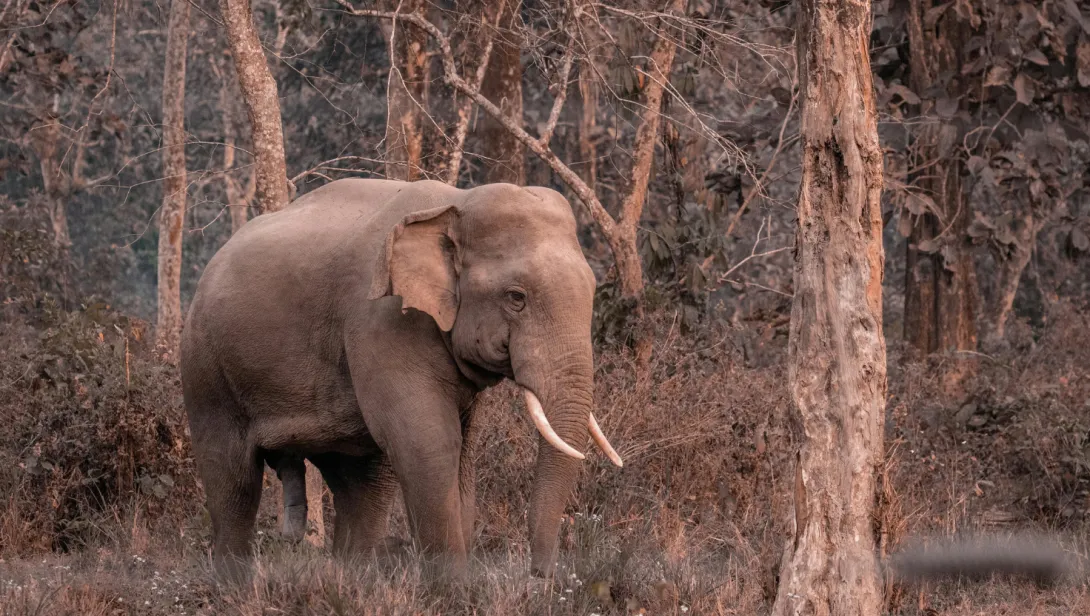Skip to main content
General Information
- The Asian Elephant (Elephas maximus) is the largest land mammal in Asia.
- They are found in India, Sri Lanka, Nepal, Thailand, and other Southeast Asian countries.
- Asian elephants are smaller than African elephants and have a domed head and smaller ears.
- They have a lifespan of 60 to 70 years in the wild.
Diet and Habitat
- Asian elephants are herbivores that consume grasses, bark, roots, and fruits.
- They require up to 150 kg (330 lbs) of food per day to sustain themselves.
- They play a crucial role in maintaining forest ecosystems by dispersing seeds.
- They need access to water sources for drinking and bathing.
Social Structure and Behavior
- Asian elephants live in matriarchal societies led by the oldest female.
- Males are usually solitary or form small bachelor groups.
- They communicate through vocalizations, touch, and infrasound over long distances.
- Their trunks contain over 40,000 muscles and are used for grasping, drinking, and communication.
- Asian elephants have a complex social structure and mourn their dead.
Reproduction and Lifecycle
- Females give birth to a single calf after a 22-month gestation period.
- Newborn calves weigh around 100 kg (220 lbs) at birth.
- The mother and herd care for and protect the young for several years.
Threats and Conservation
- The species is classified as Endangered due to habitat loss and poaching.
- They are under threat from deforestation and human-wildlife conflict.
- Poaching for ivory and elephant skin remains a significant concern.
- Conservation efforts focus on protected areas and wildlife corridors.
- Several organizations work towards their conservation and welfare worldwide.
Human Interaction
- They are revered in many Asian cultures and religions.
- Asian elephants are used in traditional ceremonies and festivals, especially in India and Thailand.
- Domesticated elephants have been used in logging and tourism industries.
